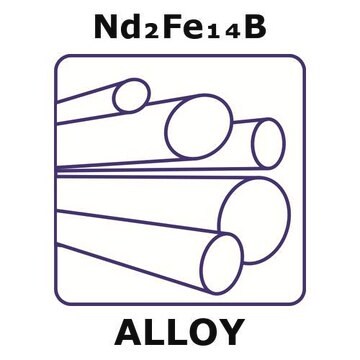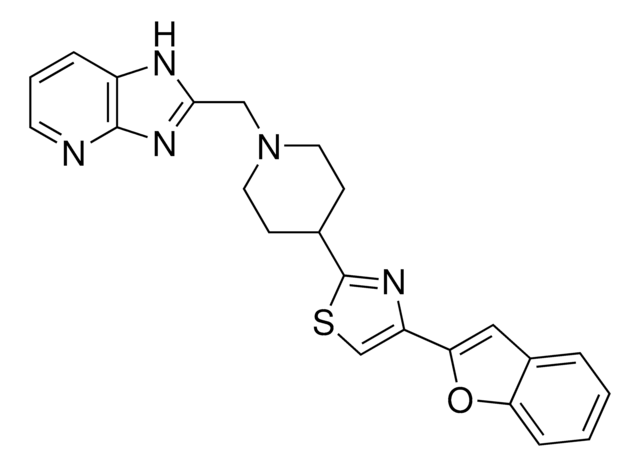GF69235926
Molybdenum
rod, 500mm, diameter 2.0mm, centerless ground, 99.9%
Synonyme(s) :
Molybdenum, MO007903
About This Item
Produits recommandés
Essai
99.9%
Forme
rod
Fabricant/nom de marque
Goodfellow 692-359-26
Résistivité
5.0 μΩ-cm, 20°C
L × diam.
500 mm × 2.0 mm
pb
4612 °C (lit.)
Pf
2617 °C (lit.)
Densité
10.3 g/mL at 25 °C (lit.)
Chaîne SMILES
[Mo]
InChI
1S/Mo
Clé InChI
ZOKXTWBITQBERF-UHFFFAOYSA-N
Catégories apparentées
Description générale
Informations légales
Faites votre choix parmi les versions les plus récentes :
Certificats d'analyse (COA)
Désolés, nous n'avons pas de COA pour ce produit disponible en ligne pour le moment.
Si vous avez besoin d'assistance, veuillez contacter Service Clients
Déjà en possession de ce produit ?
Retrouvez la documentation relative aux produits que vous avez récemment achetés dans la Bibliothèque de documents.
Notre équipe de scientifiques dispose d'une expérience dans tous les secteurs de la recherche, notamment en sciences de la vie, science des matériaux, synthèse chimique, chromatographie, analyse et dans de nombreux autres domaines..
Contacter notre Service technique





